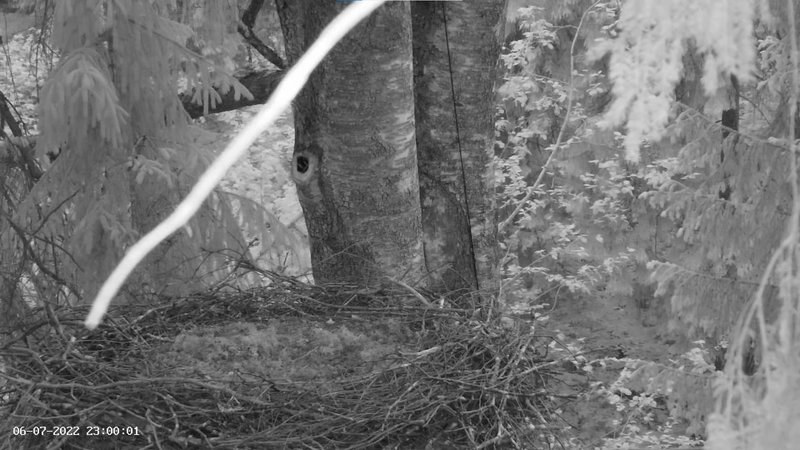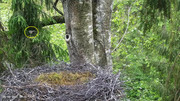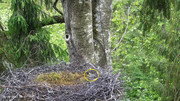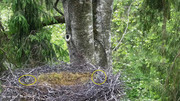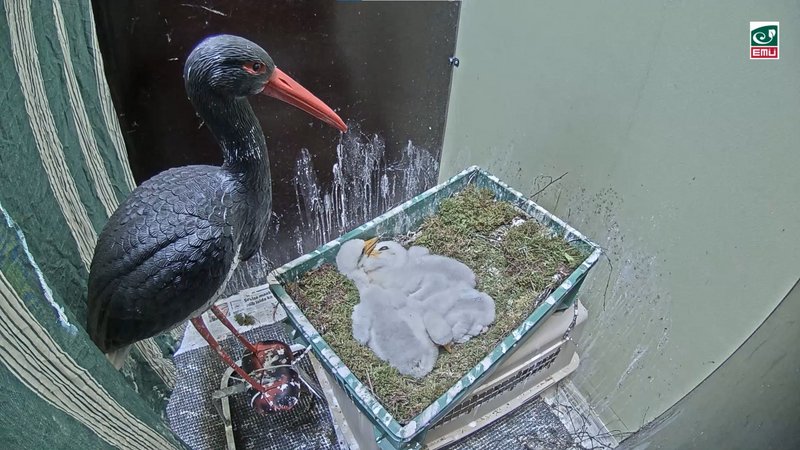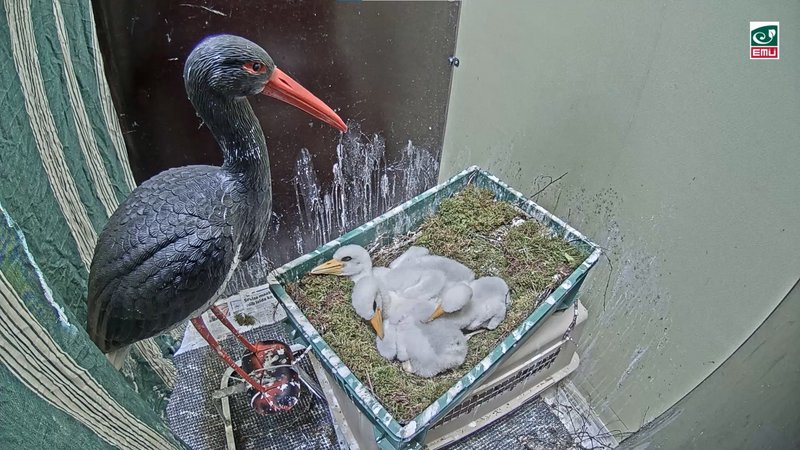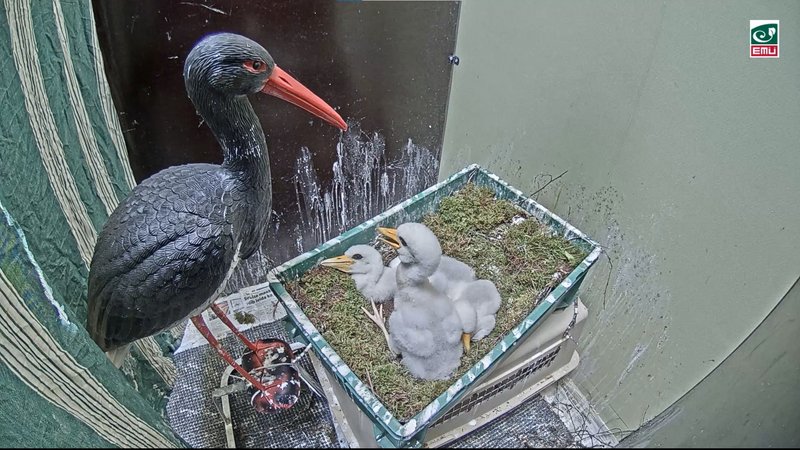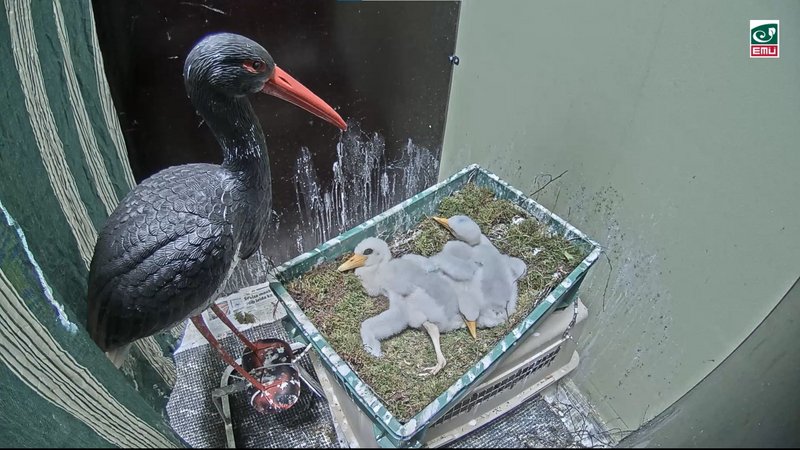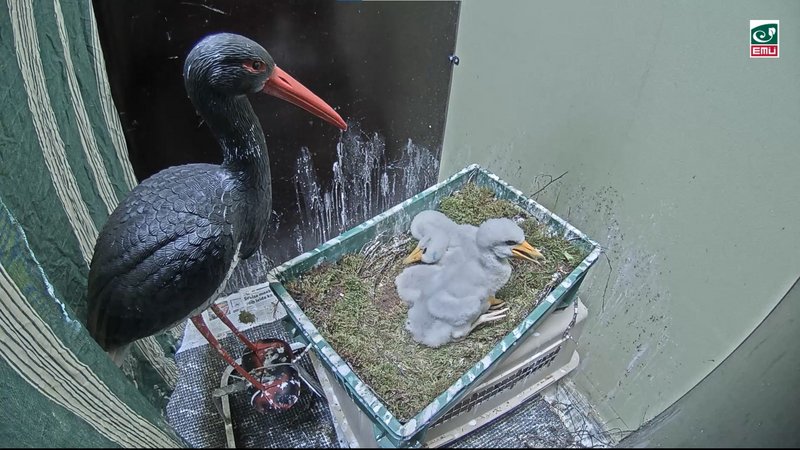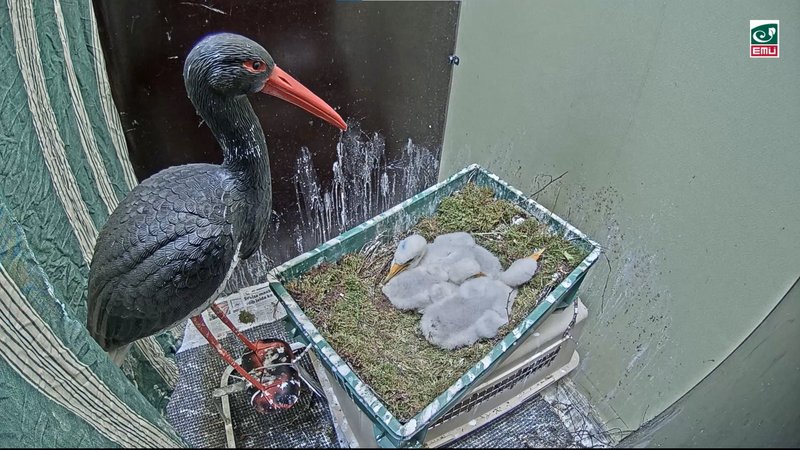Madli wrote: ↑09 Jun 2022, 11:56
VIDEO from an estonian morning tv news - Terevisioon. 09.06.22
Brief interview with Dr. Madis leivits ( the video is in estonian- rough translation in the video description)
https://youtu.be/8XIU5LbeW_0
Madli, thank you very, very much

I put your translation here - it is O.K. ?
Madis Leivits gives a brief overview about the current situation of the rescued storklets.
-
Madis, how did the storklets get to you?
- These storklets are from a known black stork nest with a camera and a large viewership. Last week some tragic events happened there, where the male bird didn't return to the nest any more, also the mother stork started to leave the nest and not return to the nest for the night to warm the chicks. Also two deaths happened during that period. Since this bird is doing very badly in Estonia, in recent years with about 20 inhabitated nests, in which only half the nests have chicks in them, the male bird plays a huge role in raising the chicks and the nesting success.
We had two bad options, to let the nature take its course, or to at least give the chance to the highly endangered birds, because in this species, every individual counts.
-
How does the daily care look like?
- Luckily, the parents have already done the harder part - incubating and the very early stage of the chicks. The hardest part for us is to not get too attached to these little creatures and make them think that human is a source of food for them. Our main duty is to cover the food table for them with different decoys and means so that they still think it's the parent who comes to feed them. How well will it work, we don't know yet.
The third, smallest chick, is in a more difficult situation. It was hypothermic when it arrived and we had to help it with some treatments to improve its digestion. It often needs separate feeding. But in general we try not to show human that much and leave them in an isolated environment.
-
Madis, when will they be taken back to the nature?
- Yes, we have a plan that from the moment when they are able to cope with the outside conditions, when night temperatures are not so low, to take them to a substitute nest where they can become used to the natural conditions and the forest scenery. They will start migration from there.
The migration path of a black stork is not easy and there are many dangers and troubles, but we hope that we can keep them away from humans and that they can come back to the nesting area in a few years.
